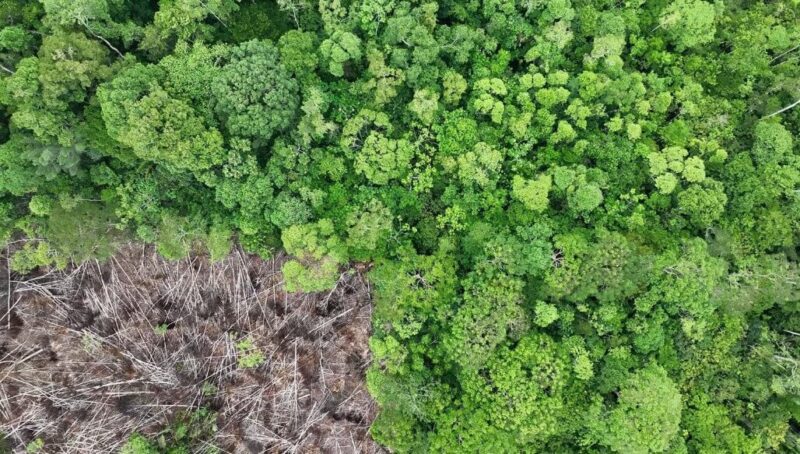Let’s face it—deforestation is a massive problem. Our beautiful forests are vanishing faster than you can say “timber!” But fear not! There are ways to combat this issue.
Here are twelve effective solutions that can help save our precious forests, each more straightforward than the last. Let’s check them out
1. Reforestation
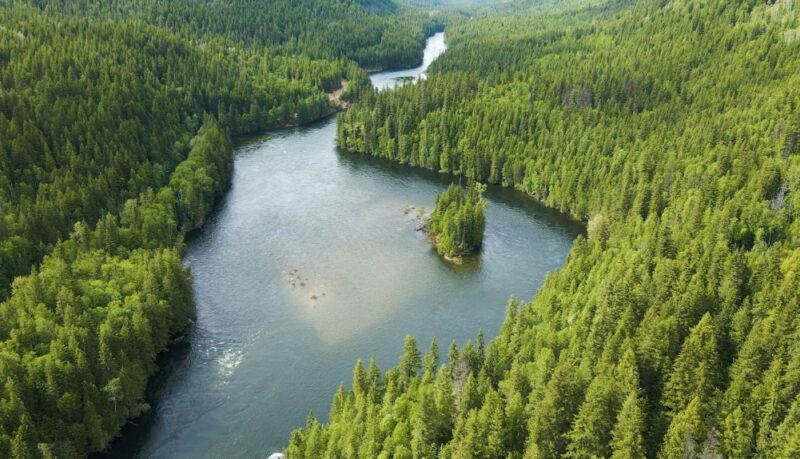
Planting trees is the most obvious way to counteract deforestation. It’s like giving the earth a little green hug. Grab a shovel, some saplings, and get planting.
If everyone planted just a few trees, we’d be swimming in forests again.
Perks
- Carbon Sequestration: Trees absorb carbon dioxide, helping mitigate climate change.
- Biodiversity: New trees provide habitats for various species.
- Soil Health: Trees prevent soil erosion and improve soil fertility.
2. Agroforestry
Combining agriculture and forestry can create a win-win situation. Grow crops between trees instead of clear-cutting them.
It’s a practice that benefits farmers and the environment alike. Plus, it makes the land look a lot prettier.
Perks
- Sustainable Yield: Farmers get crops and wood without clear-cutting.
- Enhanced Biodiversity: Promotes diverse ecosystems within agricultural lands.
- Economic Benefits: Diversified income for farmers through multiple products.
3. Sustainable Logging Practices
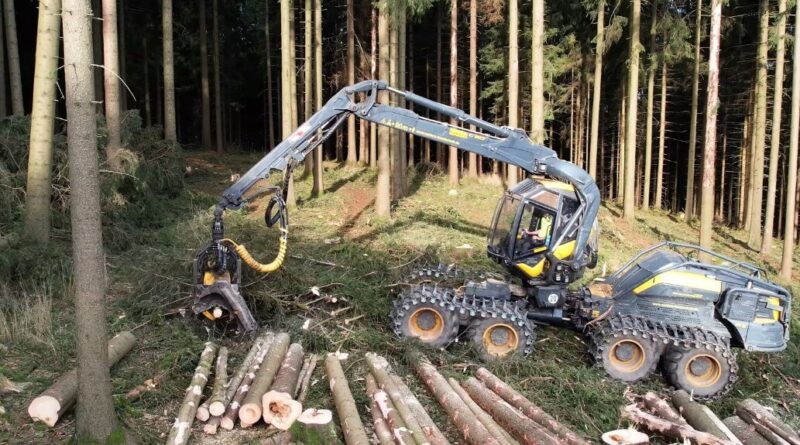
Logging isn’t going away, but it can be done responsibly. Selective logging and reduced-impact logging techniques minimize damage to forests.
Think of it as the fine art of cutting down trees without wrecking the place.
Perks
- Minimized Damage: Reduces the ecological footprint of logging activities.
- Regrowth: Forests can regenerate naturally, maintaining their health.
- Long-Term Resource: Ensures that forests remain a viable resource for future use.
4. Protecting Old-Growth Forests
Old-growth forests are like the wise old sages of the natural world. They house a diverse range of species and store vast amounts of carbon.
Protecting them should be a no-brainer.
Perks
- Carbon Storage: These forests store large amounts of carbon.
- Rare Species: Protects habitats for endangered species.
- Cultural Value: Preserves areas of historical and cultural significance.
5. Creating Protected Areas
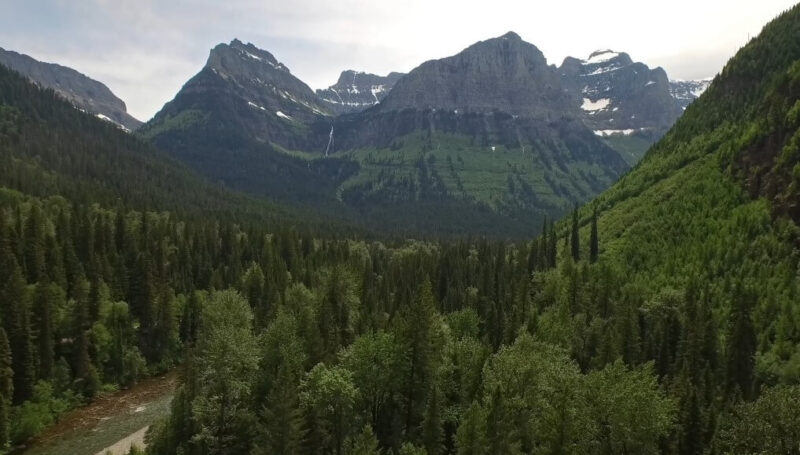
Establishing national parks and reserves keeps forests safe from the axes and chainsaws of industry. Governments need to step up and designate more protected areas.
The more, the merrier.
Perks
- Biodiversity Hotspots: Safeguards regions rich in flora and fauna.
- Tourism: Generates income through eco-tourism.
- Scientific Research: Provides areas for ecological and environmental studies.
6. Enforcing Anti-Deforestation Laws
Laws exist to prevent illegal logging, but they need to be enforced. It’s not enough to have rules on paper; there must be consequences for those who break them.
Time to get serious about legal repercussions.
Perks
- Legal Deterrence: Discourages illegal logging through penalties.
- Forest Conservation: Ensures laws are followed, protecting forest areas.
- Global Impact: Promotes international standards for forest protection.
7. Supporting Indigenous Rights
Indigenous communities have been the guardians of forests for centuries. Supporting their land rights ensures forests remain intact.
They know what they’re doing—let’s back them up.
Perks
- Effective Stewardship: Indigenous people have a proven track record of sustainable forest management.
- Cultural Preservation: Protects the traditions and lifestyles of indigenous communities.
- Biodiversity Conservation: Indigenous lands are often biodiversity hotspots.
8. Sustainable Agriculture
Shifting to sustainable farming methods reduces the need to clear forests for farmland. Crop rotation, organic farming, and permaculture are just a few methods that can help.
Farmers can still grow plenty of food without sacrificing trees.
Perks
- Land Efficiency: Reduces the need to clear forests for new farmland.
- Soil Health: Practices like crop rotation improve soil quality.
- Food Security: Ensures long-term productivity of agricultural lands.
9. Reducing Meat Consumption
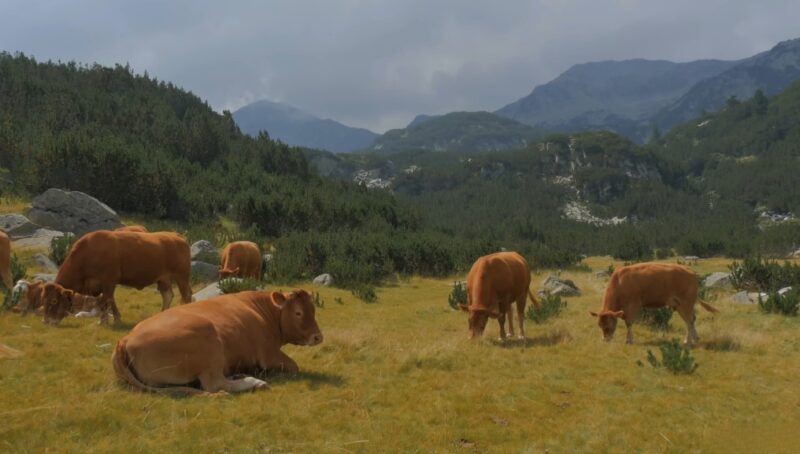
Believe it or not, your burger is part of the problem. Cattle ranching is a major driver of deforestation. Eating less meat can reduce the demand for grazing land.
Go vegetarian for the trees!
Perks
- Land Use: Less demand for grazing land reduces deforestation.
- Water Conservation: Lower meat consumption saves water resources.
- Health Benefits: Plant-based diets can improve overall health.
10. Eco-Friendly Products
Buy products that don’t contribute to deforestation. Look for certifications like FSC (Forest Stewardship Council) on wood and paper products.
Vote with your wallet and choose companies that prioritize sustainability.
Perks
- Consumer Power: Supports businesses that prioritize sustainability.
- Reduced Deforestation: Decreases demand for products linked to deforestation.
- Environmental Awareness: Encourages responsible consumption habits.
11. Education and Awareness
People can’t care about what they don’t know. Spread the word about deforestation and its impacts.
The more people who are aware, the more pressure there will be for change. Knowledge is power, after all.
Perks
- Public Support: Increases pressure on policymakers to protect forests.
- Behavior Change: Educated individuals make more environmentally friendly choices.
- Community Action: Empowers local and global communities to take action.
12. Support Reforestation Projects
Countless organizations are working to reforest the planet. Support them through donations or volunteer work.
Every little bit helps, and together, we can make a big impact.
Perks
- Direct Impact: Contributions directly fund tree-planting initiatives.
- Community Engagement: Involves local communities in reforestation efforts.
- Ecosystem Restoration: Helps restore degraded landscapes.
Final Thoughts
So, there you have it. A dozen ways to fight back against deforestation. It’s not rocket science, but it does require effort and commitment.
If we all pitch in, we can turn the tide and ensure our forests are here for generations to come. Now, put down that burger, pick up a shovel, and let’s get to work. The trees are counting on us.

